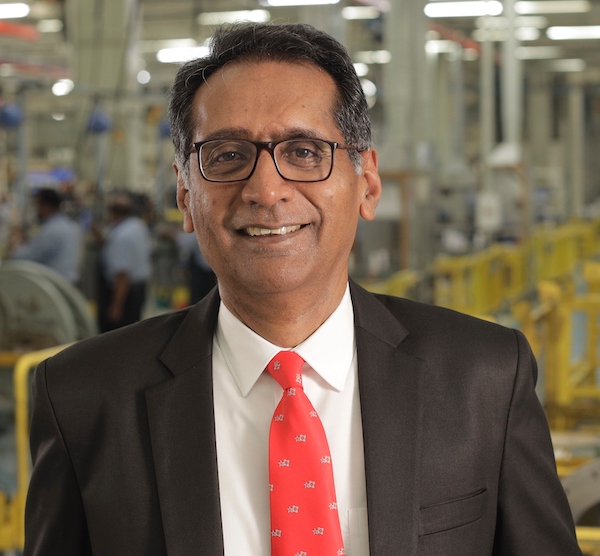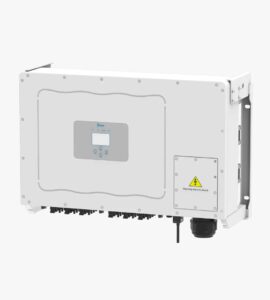Dr. Jairam Varadaraj | Managing Director | Elgi Equipments Limited.
The dominant logic, for playing in global markets, is the exponentially larger opportunities that are available in markets worldwide, compared to the Indian market. The global market for most products has two elements – at the core, which is the largest opportunity, are customers who buy based on value and at the periphery, where the size is marginal, are customers who buy based on price. To play, grow and succeed in global markets, one has to focus on the core of the market.
The starting gate for most Indian companies is a price play based on the labor cost advantage in India. But it is in our own self-interest, to shut this gate. None of us would like to work for cheap wages. Therefore, the challenge is to build a business that can compete and win globally, on the back of Indians being expensive.
Impossible? Certainly not. But it requires consistent perseverance and constancy of purpose. In all product categories, there are certain “right to play?” elements which are fundamental “must haves” to compete in global markets. For example, in an automobile, efficiency, reliability, warranty, service, price etc would be some of the “must haves” in order to even play in the market. Different products are positioned differently across these “must haves”. In an environment of free trade, these are important to have even to remain relevant in the Indian market. But the first step to shape a journey towards winning in global markets is to be the best in the chosen “must haves” for the specific position chosen to occupy in the market. Being the best would give us the “right to play” in global markets.
For products and services from known brands and from a country of origin which customers respect and trust, these “right to play” elements are probably good enough to win. However, for products and services with a “made in India” label and an unknown brand, the “right to play” is just table stakes. Even while we build the “right to play” we need to build the “right to win” elements parallel to this. Building the “right to play” elements is about catching up with what competitors offer and be the best in it. The “right to win” elements is about getting ahead of the competitors and becoming the preferred choice.
There are multiple elements that encompass the “right to play” and the “right to win” and further they would be specific to each product or service. However, there are some generic dimensions that cut across all products and services. Some of the more important of such generic ones are quality, technology and responsiveness.
The importance of quality in the quest to win in global markets, cannot be overstated. When customers choose to buy a product or service that is made in India, they take a risk. We cannot allow this risk to materialize in the form of a product or service failure. If this were to happen, the customers’ doors get shut permanently. A failure of a product from a known brand will invariably be forgiven but not a failure from an unknown Indian brand. Being as good on quality as the competitors is not good enough. We need to be better than the best.
Building quality into products and services to the standard that is required to win in global markets, cannot be achieved with transactional management of quality using proven quality tools. It requires transformational management of quality where quality metrics are set, driven and reviewed right at the top of the organization. Top management has to create a culture of zealousness around quality that becomes a religious fervor within the organization. Customer is first and customer is right, should be the foundational beliefs on which such a culture should be built.
Products have to be better than the competitors to start with and should exceed them as the journey unfolds. To make this happen, technology is a foundational competence. Most companies would start with “know how”. They would have built this through technology licenses or consulting assignments. But this is not sufficient. “Know how” as it implies, provides the company with the understanding of how a product works and how it is put together. This is the state of the current art. To build the state of the future art, the company needs to build “know why”. This knowledge would enable the company to question the frontiers and boundaries of the current art and enable it to build the next art. Here again, it is driven by top management. This journey would be filled with failures and it is these failures that are the building blocks of “know why”. Top management should encourage failures and condone them when they happen.
Great products and services with excellent quality and technology could still fail for various reasons. The responsiveness of a company to such failures are critical to the continued patronage of customers. This is particularly so for a company with an unknown brand and made in India label. Many times, companies behave in a stingy manner when it comes to setting machines right. There is always a feeling that the customer is taking advantage of the situation. Almost all customers are honest and their focus is on their business. It is important for a company to place their responsiveness on the platform on this belief. This culture and attitude would pay for itself many times over.






